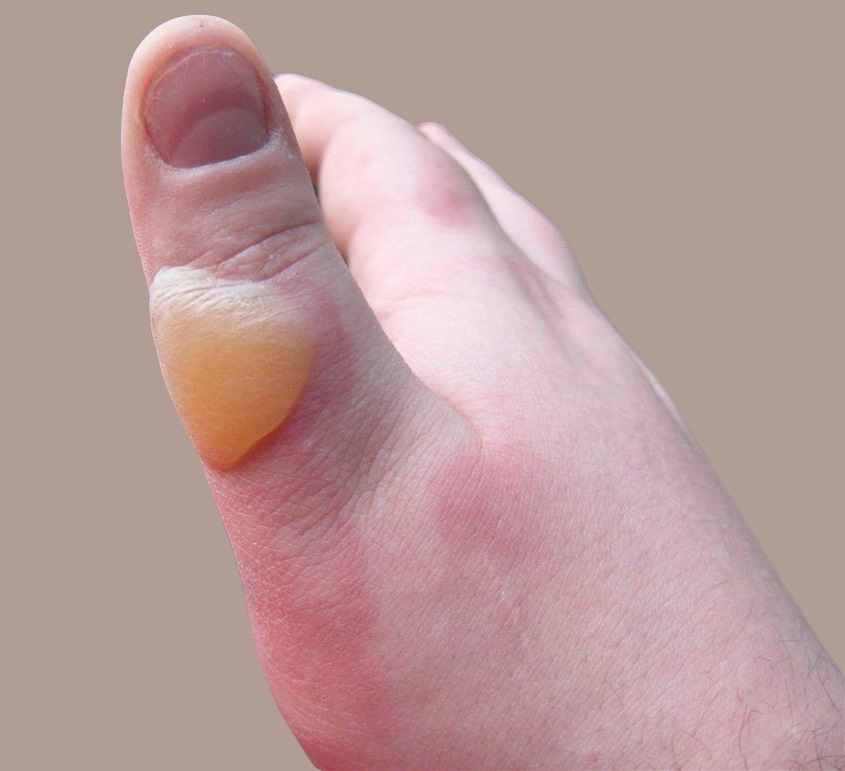
An eschar is a scab that has separated from the unaffected part of the body. Burn victims will exhibit charring of the skin, and sometimes hard eschars will be present. Third-degree burns(full thickness) occur when most of the epidermis is lost with damage to underlying ligaments, tendons and muscle.Healing occurs in 3 to 8 weeks with scarring present. There is minimal pain due to a decreased sensation. It appears yellow or white, is dry, and does not blanch with pressure. Deep partial-thickness (second-degree) involves the deeper dermis.

Healing typically occurs within 3 weeks with minimal scarring. Second-degree burns involve the superficial ( papillary) dermis and may also involve the deep ( reticular) dermis layer.So the pain associated with superficial partial-thickness is severe.

The following are brief descriptions of these classes: The basis of burn classification is depth. Sometimes this is extended to include a fourth or even up to a sixth degree, but most burns are first- to third-degree, with the higher-degree burns typically being used to classify burns post-mortem. The most common system of classifying burns categorizes them as first, second, or third-degree.

It may also be classified based on superficial and deep categories into " Superficial Thickness", " Partial Thickness" of burns. īurns may be classified according to severity into first, second and third degree burn injury. Associate Editor(s)-in-Chief: Eman Alademi, M.D. Risk calculators and risk factors for Burn classificationĮditor-In-Chief: C. This procedure can be done in a special bathtub in the hospital or as a surgical procedure.Natural History, Complications and PrognosisĪmerican Roentgen Ray Society Images of Burn classificationĪll Images X-rays Echo & Ultrasound CT Images MRI
Fourth degree burn treatment skin#
Treatment for third-degree burns may include the following:Įarly cleaning and debriding (removing dead skin and tissue from the burned area).

The burn severity will be determined by your child's doctor. Burn severity is determined by the amount of body surface area that has been affected.
Fourth degree burn treatment full#
Treatment for full thickness, third-degree burns will depend on the severity of the burn. Your child's tolerance for specific medications, procedures, or therapies Your child's age, overall health, and medical history Specific treatment for a full thickness third-degree burn will be determined by your child's doctor, based on the following:


 0 kommentar(er)
0 kommentar(er)
